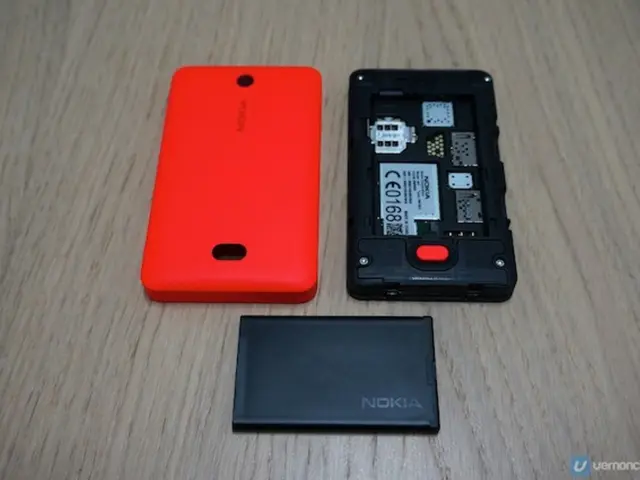Core Cybersecurity Measures
In the digital age, cybersecurity has become a critical concern for businesses of all sizes. Here's a guide to implementing effective cybersecurity controls to safeguard your organization from potential threats.
User Authentication
Implementing strong user authentications, such as two-factor or multi-factor authentication, can mitigate insider threats. Organizations should enforce policies that ensure users disable automatic connectivity and restrict near-field communication (NFC) protocols like Bluetooth to prevent cyber attacks based on mobile connectivity.
Perimeter Defenses
Perimeter defenses, such as firewalls, allow organizations to protect networks from attacks executed through the internet. Domain Name System (DNS) solutions can prevent malicious web domains from connecting to a corporate network.
Access Controls
Organizations should observe strict access controls to provide authenticated users access to IT resources. Companies should also separate public Wi-Fi from the corporate network to prevent malicious individuals from compromising the corporate network's security.
Holistic Approach
A holistic approach to cybersecurity involves adhering to international standards, complying with various regulations, and deploying defense-in-depth strategies. This includes maintaining a comprehensive incident response plan, conducting risk analysis, ensuring business continuity plans, and securing the supply chain through organizational measures.
Cybersecurity Controls
Cybersecurity controls are countermeasures deployed by companies to manage threats targeting computer systems and networks. These controls include updating security policies, implementing strong authentication such as multi-factor authentication, deploying firewalls and endpoint protection, encrypting data, monitoring all IT resources, managing cloud usage risks, and securing the supply chain through organizational measures.
Securing Portable Devices
Companies should maintain secure portable devices by using them with powerful encryption and including asset control procedures that guide the use and disposal of such devices. Businesses with points of sales should conform to the guidelines stipulated by the PCI DSS (Payment Card Industry Data Security Standard) standards to prevent hackers from compromising PoS terminals and online financial systems.
Employee Training
Employee training on cybersecurity basics can protect organizations from disastrous attacks, with phishing attacks largely depending on a user's inability to identify them. Companies should offer employees virtual private networks (VPNs) to protect them from eavesdropping attacks and attacks leveraging insecure networks when working remotely.
DNS Firewall Solutions
DNS firewall solutions aid in filtering contents and allow network admins to restrict access to websites deemed malicious. These solutions can also prevent malicious web domains from connecting to a corporate network.
Data Backup and Encryption
Data backups and encryption are useful controls that preserve the availability and integrity of data. Companies should enforce encryptions and use multiple external locations to store the data.
Patch Management
Organizations should observe a strict patch management lifecycle to address security vulnerabilities and prevent zero-day attacks. Companies should replace or default configurations with more secure ones to prevent attacks resulting from insufficient security configurations.
Mobile Device Security
Businesses must develop appropriate measures for safeguarding company data processed through or communicated through mobile devices.
Cybersecurity controls are essential for organizations to strengthen their security postures in response to hackers constantly innovating smarter ways of executing attacks. By implementing these controls, organizations can significantly reduce their risk of a cyber attack.








